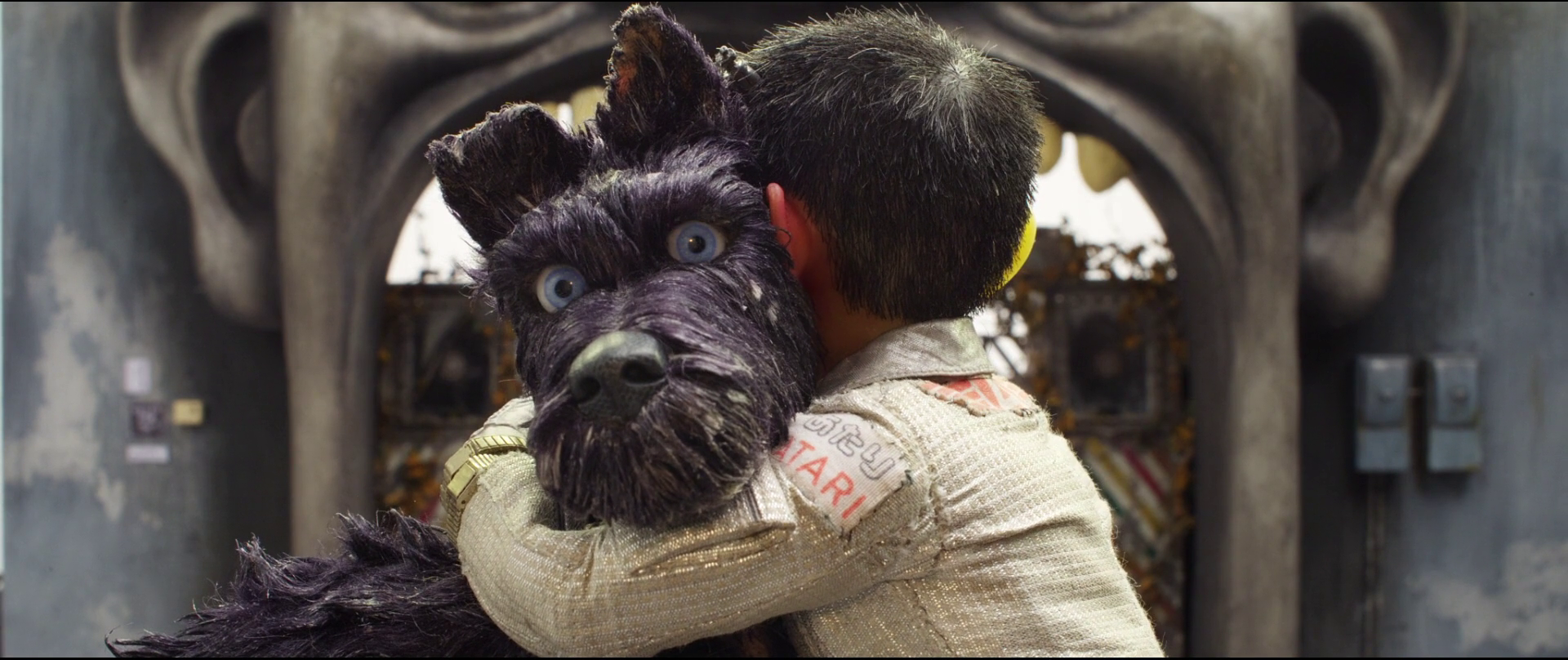Isle of Dogs Review [2018]: Creating resonance through a language barrier
To quickly summarize the plot, Isle of Dogs tells the story of a near-future Japan that has quarantined all dogs onto an island of garbage. A pack of dogs help a boy search for his missing pet.
It feels like the first thing that has to be brought up while discussing Isle of Dogs is its use of language. Wes Anderson’s usual style tends to focus on the driest humor, often delivered through dialogue. By forcing the audience into a position where the majority will not understand certain conversations, Anderson gives himself an excuse to take breaks and rely purely on visual gags.
A key example follows a group of Japanese scientists as they work in the lab. They mess with contraptions way beyond our comprehension, any explanation being lost in translation. For Isle of Dogs, language is a barrier. We want an explanation, to know exactly what these devices are doing. But all that matters is that they apparently work.
There’s been some controversy around this film’s use of Japanese culture. I don’t feel it’s my place to comment on that; but, looking purely at it from a narrative perspective, Wes Anderson is less concerned with culture as he is with the distance created through language. What matters is that the audience is expected not to understand without visual cues.

Unless you speak Japanese, Isle of Dogs forces its viewers into the position of empathizing more with the dogs. Most people are naturally empathetic toward dogs, but Wes Anderson’s forced perspective is consistently questionable for those familiar with his work. After all, this is a man who has made a running gag out of pets being injured or killed.
The fact Wes Anderson isn’t afraid to harm animals is part of what makes this movie so effective. There are moments of terror, in part because we know that if this were any of his other movies, they likely would be dead.
I feel this film reaches a peak during a sequence where Atari, the young boy, is alone with Chief, the stray among the pack that otherwise consists of former pets. Though Atari is rarely given a direct translation, we can fully understand his intents here. What Anderson gets across perfectly is that, while we may speak a different language, the way we communicate with dogs is nearly universal.
Atari is the shining beacon at the center of this film, I believe the character most representative of the movie’s themes. Words are only one tool for communication. There’s passion in his actions. In this way, Isle of Dogs feels like a callback to silent cinema.
On a technical and stylistic level, this is exactly what you would expect from a Wes Anderson film. Symmetrical composition and use of colors are on point. The stop-motion animation is gorgeous.
The screenplay is likewise familiar. The characters all have their exaggerated quirks, dialogue is more concerned with wit than realism. These elements are strong, but the film is at its best when it gives room for silence – or, if not silence, periods where the average viewer cannot understand the language.
In the end, I feel this might be a bit weaker than Wes Anderson’s previous three films, but still an excellent addition to his body of work. It does just enough different to feel fresh while maintaining his usual charm. I think most importantly, while his other films seem to create emotional distance through the oddities of their characters, Anderson manages to actually create resonance through a language barrier. That takes skill.


